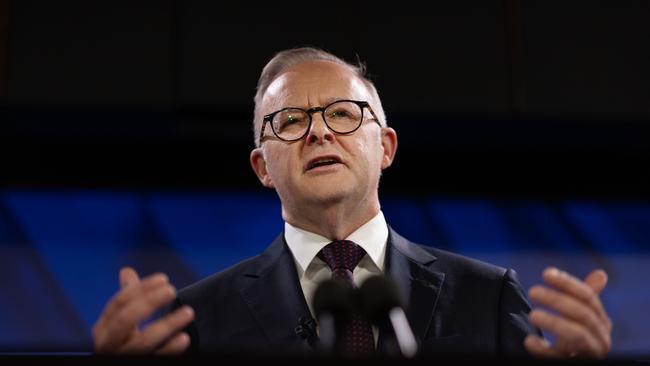
Do Mike Cannon-Brookes or Andrew “Twiggy” Forrest really need hardworking Australians to stump up billions of dollars to induce them to invest in their latest endeavours? If they are such good ideas, surely these super-wealthy people can simply write the cheques themselves?
But leaving the politics to one side, my real fear is that Anthony Albanese actually seems to believe the tortured economic rationale for the government directing and funding what should be private investment. I had hoped he had completely forgotten the political economy humbug he was taught at Sydney University all those years ago. But apparently not.
The pre-eminent figure in political economy at Sydney during Albanese’s time at university was red-ragger Ted Wheelwright. Never a fan of the invisible hand, Wheelwright believed in something called “balanced economic development” while disparaging the role of multinational companies and foreign investment. He was a true believer in government intervention and big government, both key convictions of Albanese.
But here’s the thing: while the Prime Minister may sadly remember a lot of what he was taught all those years ago – he probably doesn’t sign up to the evils of foreign investment like Wheelwright did – he failed to come to grips with some ironclad laws of economics. These include the fact that price results from the interaction of supply and demand and that there is a difference between marginal and average costs.
I mention this because of his incorrect assertion that “investment in renewables will lead to cheaper power, because that’s what every economist tells us”. Not this little black duck, aka an economist, I’m afraid. Virtually all my pals in the economics profession also take the view that renewable energy as a source of 24/7 power is actually more expensive than other sources after accounting for overbuild, additional transmission, the need for back-up/storage and frequency and voltage controls. By the way, economists need their friends in the engineering profession to get to the bottom of the issue.
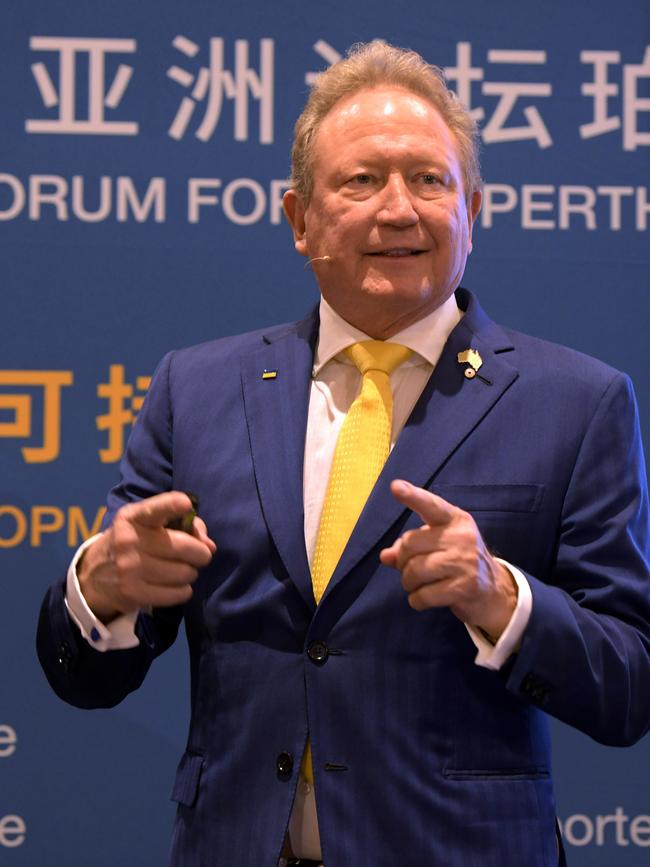
It’s worth going through the issues because our Prime Minister needs to come to his senses: if he really believes renewable energy is cheaper power, we are heading for the economic rocks and quite quickly.
The most common (but deficient) way of looking at this issue is using levelised cost of electricity according to the source of generation. This is done for many countries but actually falls into the trap of confusing marginal and average costs. Marginal costs are the additional costs of generating an extra unit whereas average costs are the total costs divided by all the units generated.
LCOE takes into account the cost of installation as well as the expected lifetime of the asset. (Wind and solar last half as long as coal and nuclear). A key variable is the capacity factor of the different sources: nuclear has the highest and wind and solar the lowest (around 25 to 33 per cent). By rights, extended wind droughts and cloudy periods should be taken into account but this rarely occurs. The cost of the feeder stock is then added – which is zero in the case of wind and solar, and meaningful in other cases
The end result is the net present value of electricity generation over the lifetime of the asset in question. Note here that the results are highly assumption-dependent and relate only to wholesale electricity costs, which make up less than one-third of retail costs in the National Electricity Market.

The reality is that LCOE estimates don’t tell us very much because we need electricity 24/7 and wind and solar, by definition, cannot provide this. Moreover, because wind and solar are decentralised assets, they require very expensive and substantial transmission lines to connect to the grid.
These lines have to be paid for and are becoming increasingly expensive to build. There is also a great deal of local resistance to their construction. In addition, ancillary services – frequency and voltage control – have to be paid for. The point here is that when you consider the issue in a holistic way, electricity generation dominated by renewable energy cannot provide the 24/7 power we need or offer affordable prices.
We only need to look at the countries that have pushed a great deal of renewable energy – leaving hydro to one side – into their systems through regulation and subsidies – think Denmark, Germany, the UK and the states of California and South Australia. They all have very high electricity prices with their attendant problems for households and businesses.
It might even pique the interest of our Prime Minister to observe Victoria, which is currently subsidising two brown coal-fired electricity plants having embarked on a headlong campaign to promote renewable energy installations across the state as well as offshore. Astonishingly, its government has also rejected the use of gas; gas peaking plants are the best fit with renewables.
If renewable energy really is cheaper, why would it be necessary to subsidise the investors? And if renewable energy is the best form of electricity generation, how is it the case that two coal plants are now being incentivised to continue? The Eraring plant in NSW is next in line.
The reality is that pushing renewable energy into the system undermines the business models of 24/7 coal-fired generators, but these generators become crucial to pick up the inevitable slack created by the intermittency of wind and solar. Expensive batteries can make a bit of difference but only for short periods. The number of large-scale batteries we would need to firm wind and solar renders this route completely impractical.
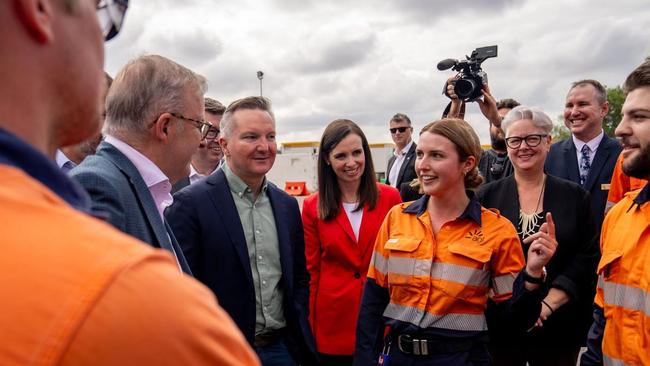
In other words, it’s not good economics, notwithstanding the naive view of the Prime Minister. It is also unacceptable to simply expect those in rural and regional communities to bear the external costs of having these installations littered in their backyards.
Over time, it is easy to predict that the owners of the last standing reliable plants will be able to hold the federal and state governments to ransom, thereby driving up electricity prices even further. It’s a perfectly rational business response.
You wouldn’t buy a fridge that only works a third of the time or a stove that only works a third of the time. But we are expected to believe renewable energy is the route to cheaper electricity and economic prosperity. Albanese’s assertion that “climate action is good for our economy” is simply not borne out by the figures.
More Coverage
 It might even pique the interest of our Prime Minister to observe Victoria, which is currently subsidising two brown coal-fired electricity plants having embarked on a headlong campaign
It might even pique the interest of our Prime Minister to observe Victoria, which is currently subsidising two brown coal-fired electricity plants having embarked on a headlong campaign

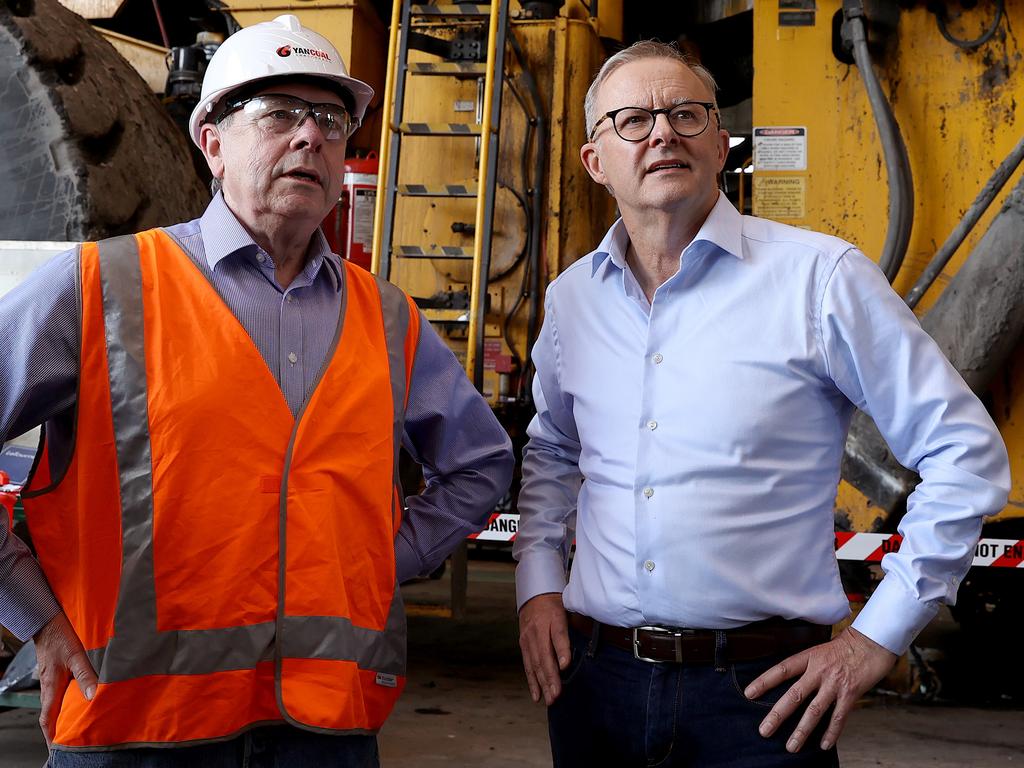

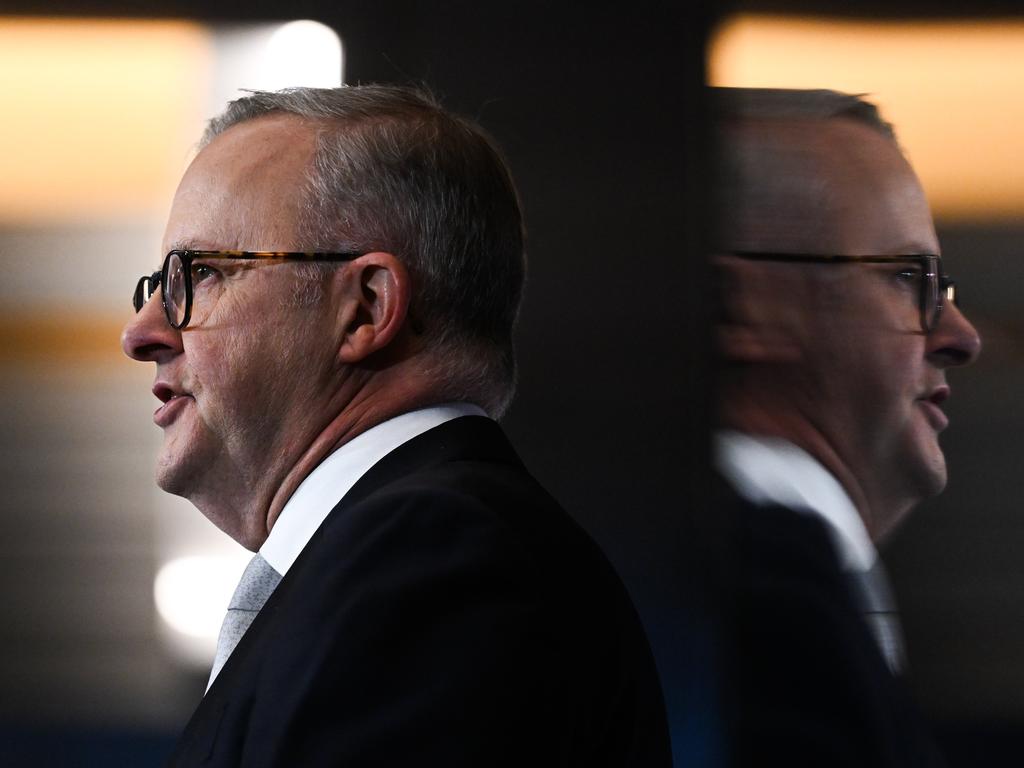


I understand the potential political appeal of the Prime Minister’s promotion of making stuff in Australia, although handing out taxpayer money to billionaires surely involves some risk.